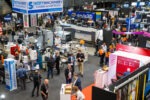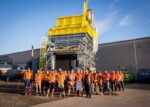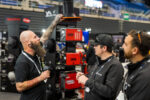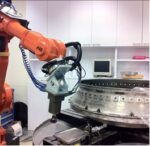Living in an apartment, near the railway line
On a business trip, I travelled on the Tokaido Shinkansen Bullet Train between Tokyo and Nagoya and, was taken by the number of apartments along the side of the track, at Bullet Train speed. And they all had one thing in common on their balcony: a dog kennel, a satellite dish, plants and clothes lines. Nowhere to walk, no ground level space to kick a ball around. I wonder what the thinking is around 15 storey apartment buildings around the new Auckland railway stations? Is it to ensure the trains have patronage and the huge spend on their development justified? The Government wants Auckland Council to make apartments possible. “Ensuring that Auckland takes economic advantage of this transformational investment in the city”. I wonder how many Government ministers will move there? Apartment buildings can bring problems – lots of people in a built-up area without social cohesion, finding ways to get into each other’s way and an over familiarity with one’s neighbours which doesn’t necessarily lead to a quality of life. The economic advantages for engineers, architects, developers, interior decorating consultants and so on will be great. And may also continue to see trades people in Auckland continue to have work instead of crossing the ditch to Australia. If people live in a large city, they need a quality of life for day-by-day accessibility to work, education and social events. But why live in a large city, in an apartment, by a railway line? Why not move to the regions where you have greater choices of more competitively priced housing and greenfields where the family can play? -Doug Green, Publisher, NZ Manufacturer www.nzmanufacturer.co.nz publisher@xtra.co.nz









